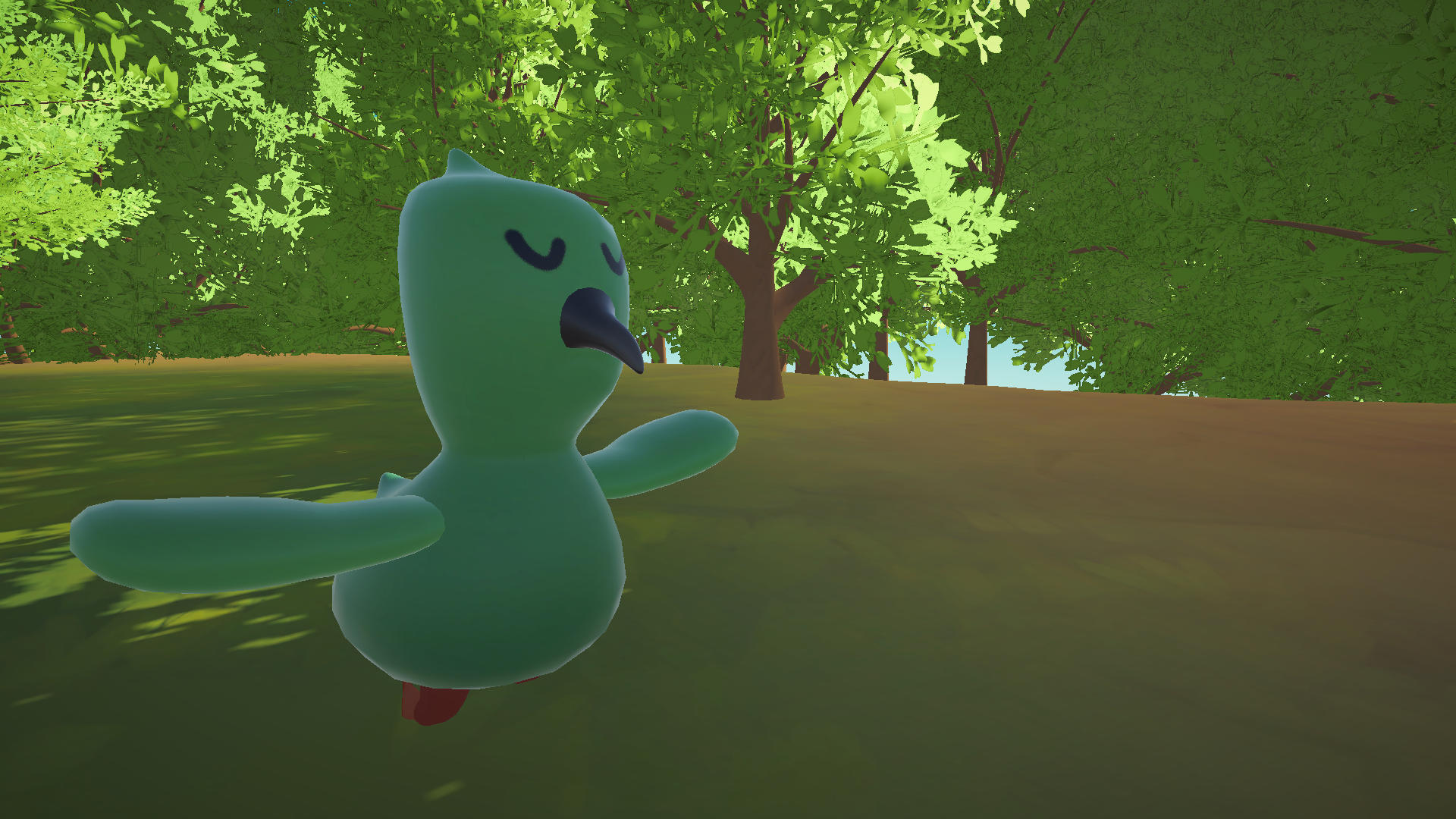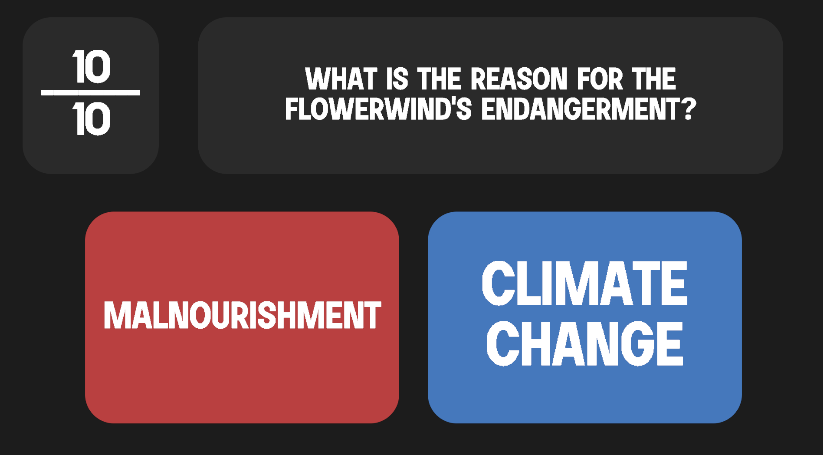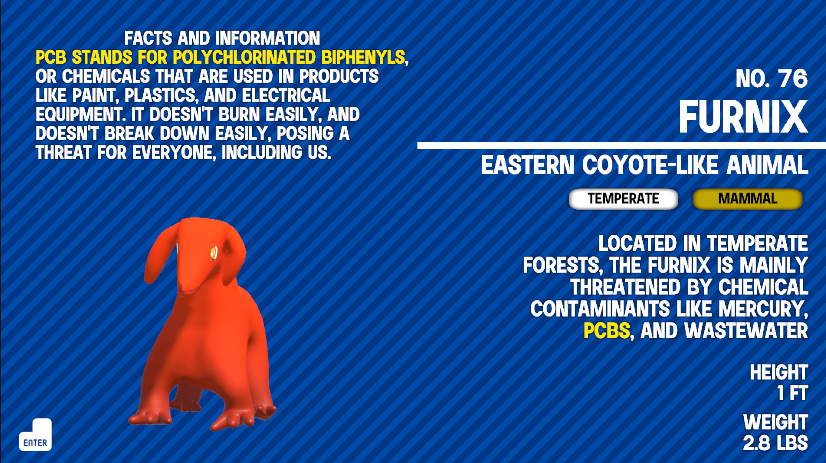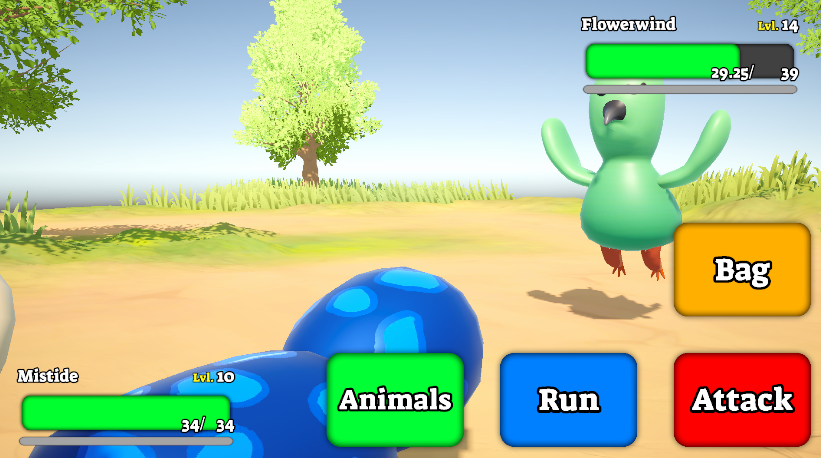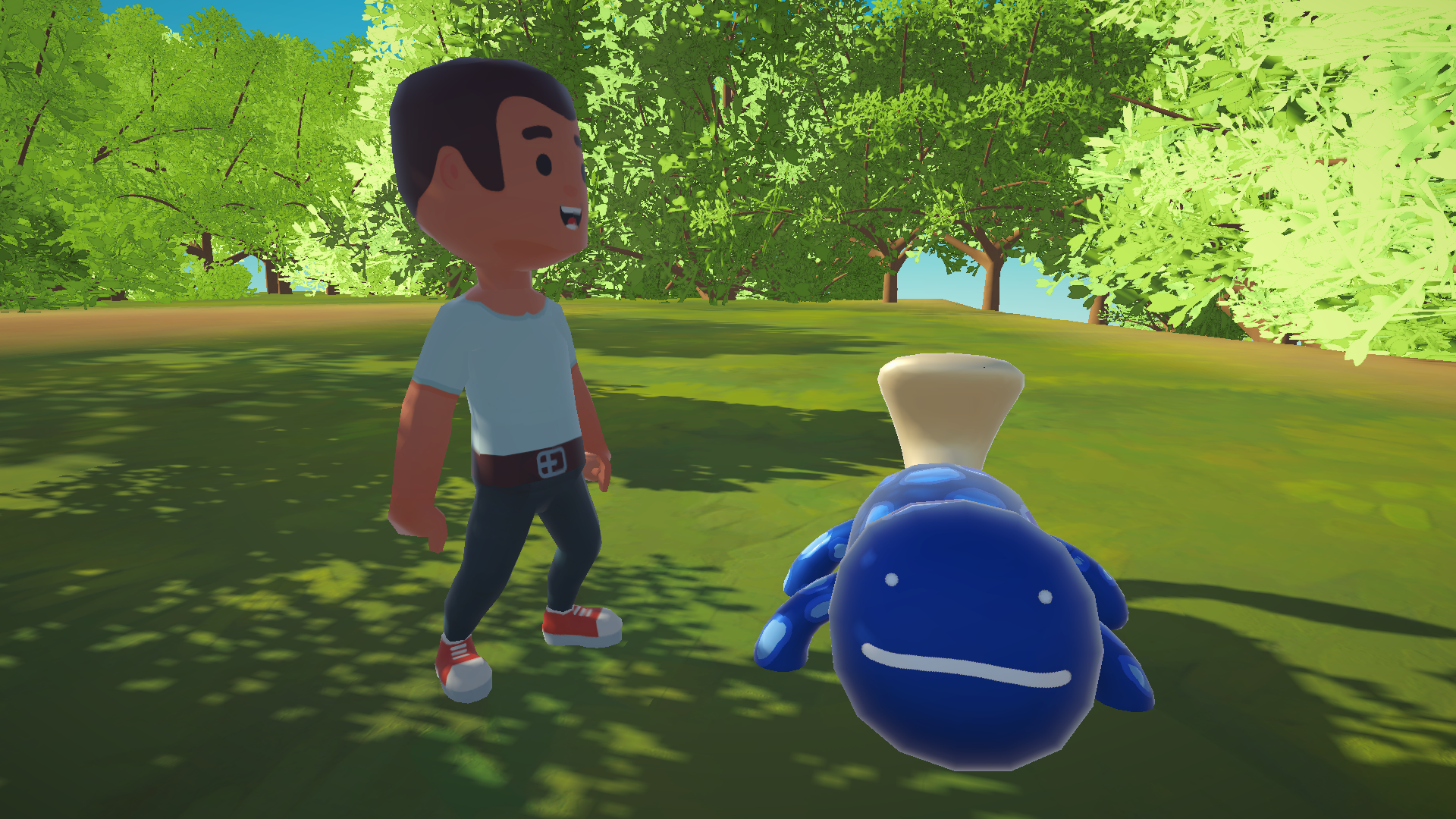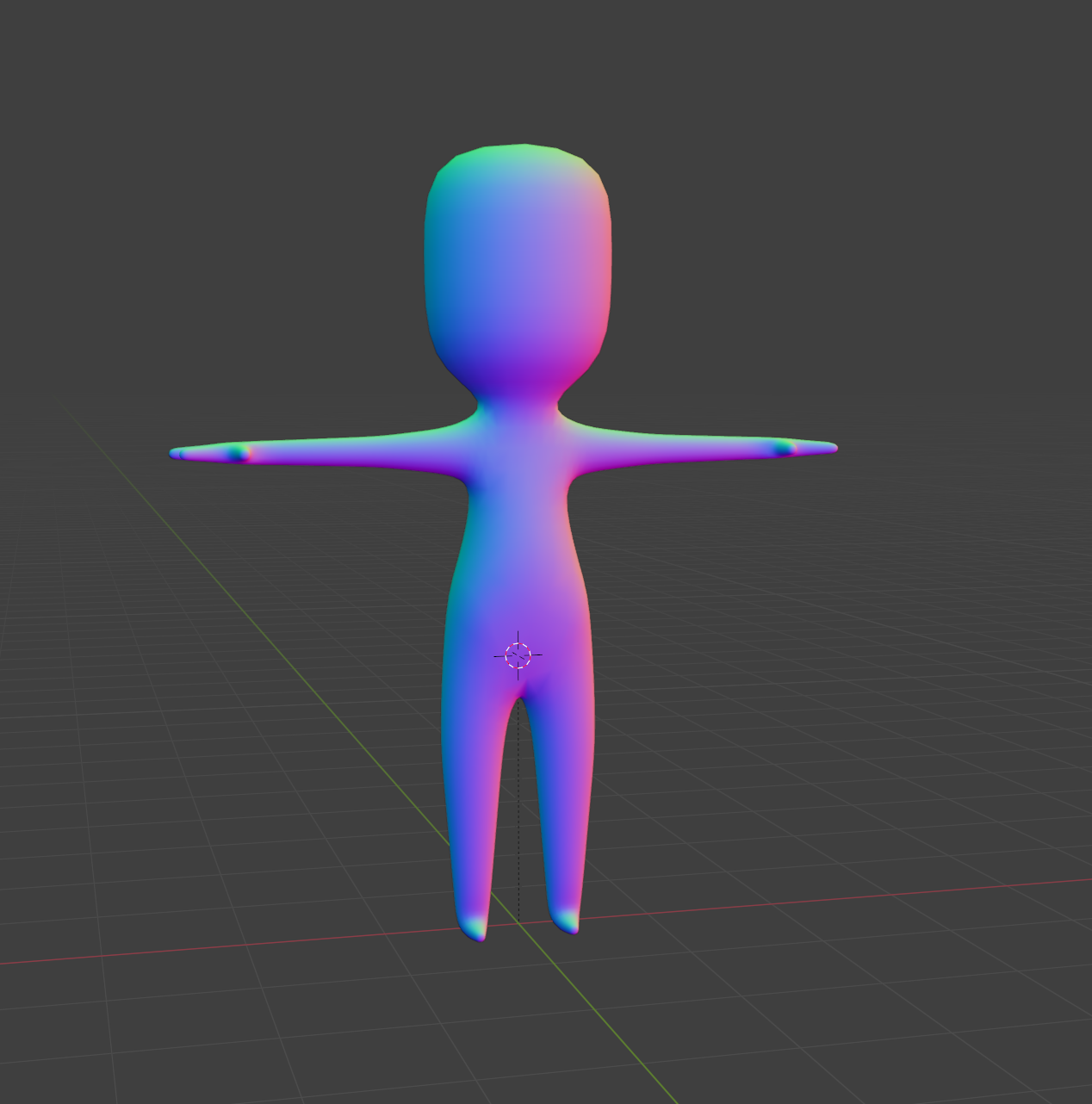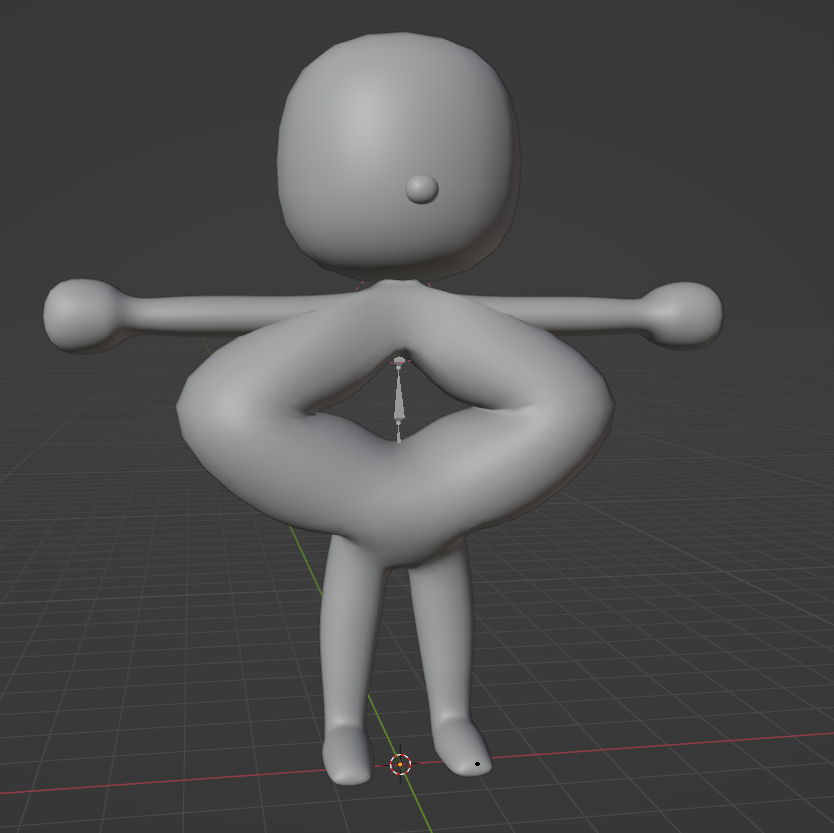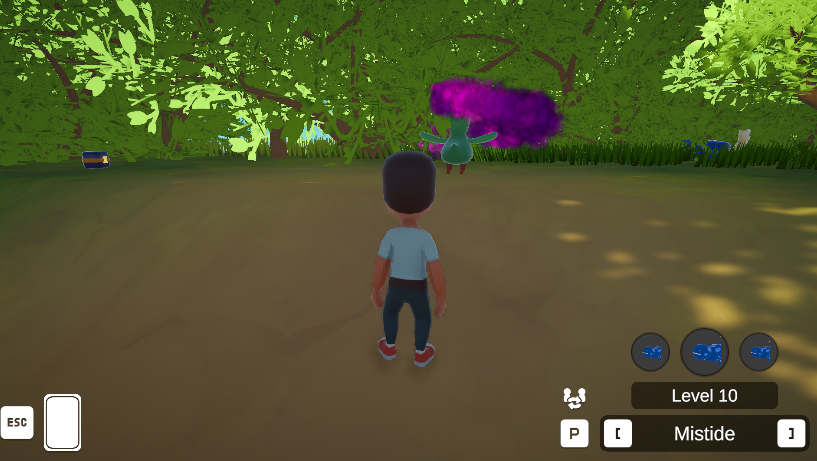Looking Back At My First Game
What I've learned about the game-development process.
Since 2020, I’ve been focused on game development over any other topic in computer science. From experimenting in Unity, to creating my own game engine using OpenGL, game development has been at the center of my computer science career.
However, until May 2024, I never pushed myself to create a game from start to finish.
Thanks to a Game Development Class, I was able to finally create my first real game, NatureBound
The First Steps
At the start of this class, I had about 3 years of experience with Unity, and about a year of experience with Blender, so I knew I had an advantage over my classmates.
I knew that I would be using Unity for the final project, and I would have to present it (which I did), and I already had a few ideas for what I would be developing.
There were many ideas from me and my group, as we were confined to the United Nations Goals for the topics we were to create our game for. We eventually chose Goal 15, which regards environmental conservation.
One of my teammates’ ideas was to create a city builder where an ecosystem would be built.
My idea, was to create a roguelike/lite where we would be gradually saving an ecosystem the farther into a run we went.
We eventually chose my idea, which went on to create the game.
Research
We had two major things to research. Roguelikes, and Ecosystem Restoration.
I did most of the product research, where I would look for competitors already established in the industry such as The Binding of Isaac, Cult of the Lamb, or Pokémon. (including some smaller opponents such as Equilinox by TinyMatrix)
To ensure we had a good view of our audience, we needed to do a Market Survey, where we realized most people do not know what a roguelike game is. However, they were happy to hear about the fact we were inspired by Pokémon.
After extensive research, we decided to research the impact of pesticides on not only aquatic life, but also other life forms in the Chesapeake Bay.
The Game Design Document
Before this project, I had no idea what a Game Design Document was. Although I did understand that games were not just created out of the blue, I did not understand the true formatting that many game developers use to create their games.
The actual document was about of ~5-6 pages describing every story piece, game mechanic, and art design inspiration, which allowed me to truly build a view for what I wanted to create for this project.
Story Summary
The player would wake up for a new job at a wildlife reserve, arriving at the location hastily. The main employee at the reserve, Sabrina, is scrambling as her coworkers are nowhere to be found.
The player would end up choosing one of three “aid animals” to journey alongside them on an expedition through the Bay.
The player would eventually go through multiple stages in the roguelike, exploring the environments and attempting to avoid hostile creatures (or else they would end up battling them), eventually meeting a coworker at the end of the trial.
When the player eventually finds every single coworker, their team would be strong enough to fight against bosses from the iconic Maryland Blue Crab to a Bull Shark, being the hardest creature the player will ever fight.
Game Mechanic Summary
The missions would be split into 7-15 “trials”, and there are many trial types from Aid Trials where the player would directly help an injured animal, to Hostile and Free-Roam trials where the player is met with hostile and passive creatures, directly placing themselves into the environments.
The game mechanics are very similar to Pokémon, as players would be able to care for their animals.
Art Design Summary
The art direction of the game was planned to be very stylized, and it was heavily inspired by Pokémon: Legends of Arceus.
Actually Creating the Game
After I wrote the GDD, it was time to create the game itself. I already had developed a Pokémon-like turn based battling system, which I directly used in this project.
This video was created for educational purposes, all assets used in this video are attributed to their appropriate owners. None of the assets shown in this video were available in the final product.
This prototype allowed me to get my feet up off the ground, as I quickly designed the trial system, the 3 animals that would be used for this proof of concept, and the dialogue system.
Difficulties creating a player model
Around a week before the project was due, I had numerous difficulties actually creating a cohesive player model. I’m not great at 3D Modeling, so making a player model was very difficult. I had the first prototypes done, and they honestly looked subpar.
These are two of many iterations of a player model, and not a single one was perfect. I ended up using Kenney’s player model prefabs as I was running out of time.
Finishing up
The major features of the game were created about 3-4 days before the showcase, so I was rushing most of the features due to a lack of time management, ignoring any bugs.
The game would have to be compiled to WebGL, which only caused even more bugs to emerge. However, the final game was not horrible.
What I Learned
- The game development process is extensive
- Time management is key, focus on creating the full game, not just one minor feature
- Developing within a team is easier than developing on your own
- Not everything you create will be perfect
